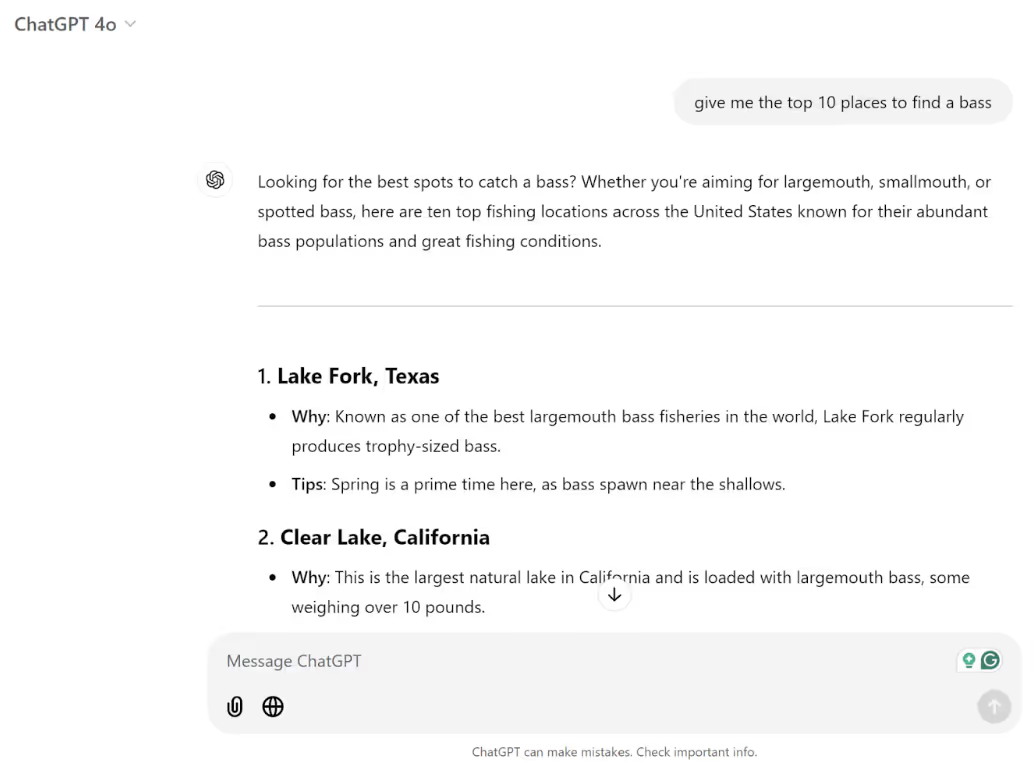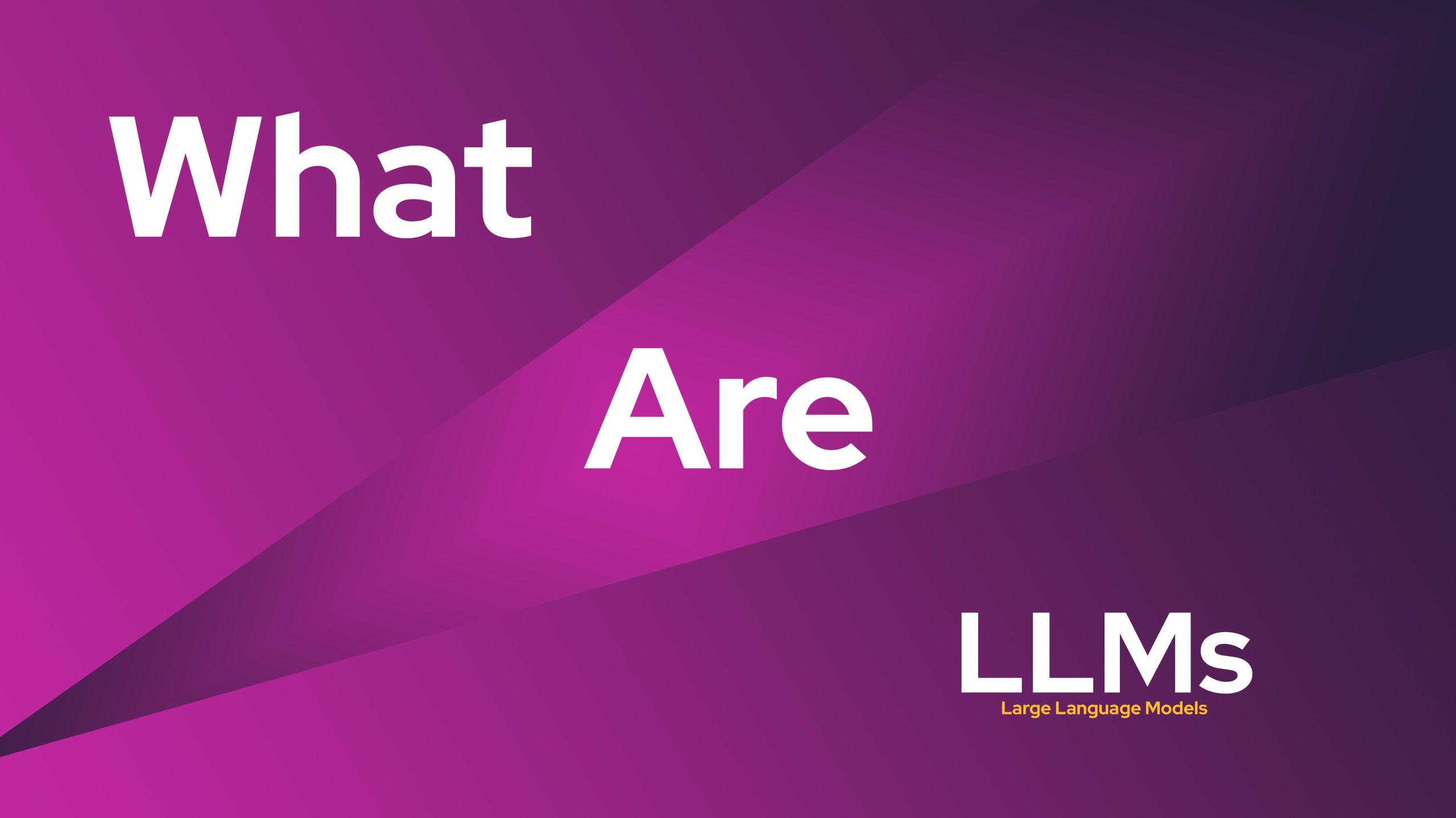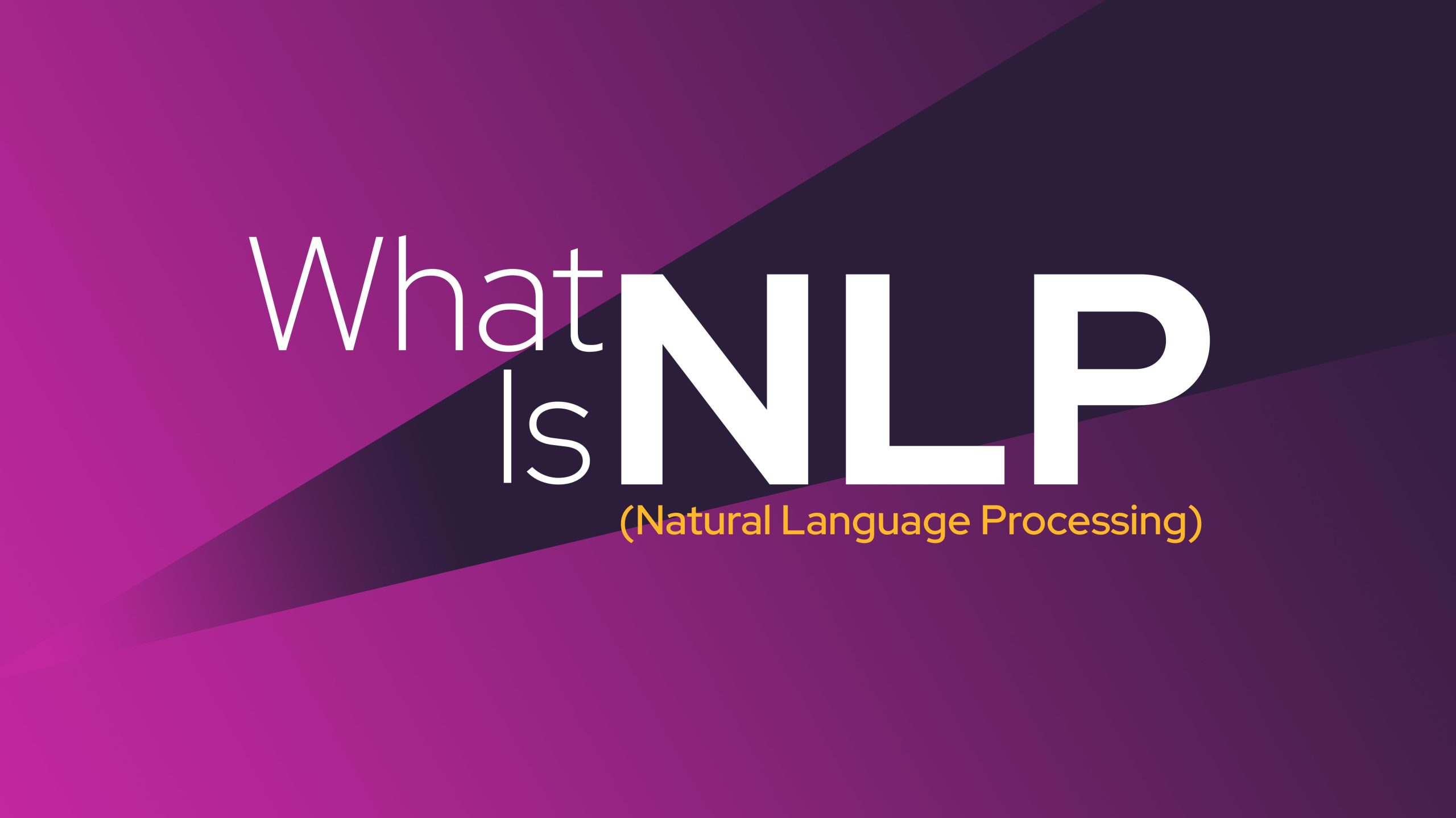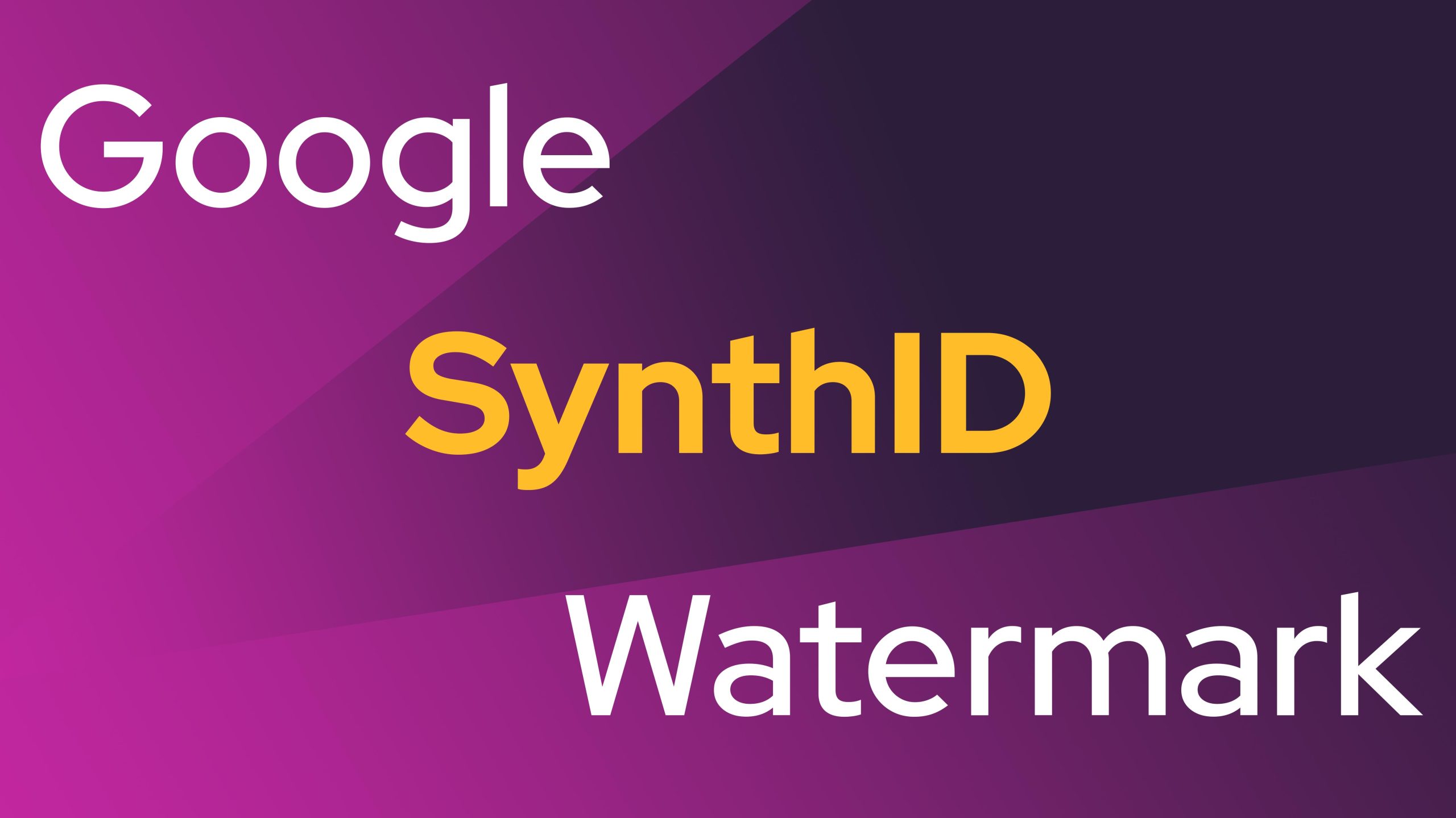Let’s explore what big language helpers, or LLMs, really mean.
Also, learn how spotting AI can keep things clear as more AI-made stuff pops up.
A lot of people find the big words about smart computers kind of tricky.
They’re all over the place now, but when we hear stuff like “talking tech,”
“learning machines,” and “smart search stuff,” it sounds new and a bit confusing.
One thing you’ll hear from people who love AI is about these large language models.
Websites and apps say they use them to help us out, but they don’t really tell us what they are.
So, in this piece,
we’re going to take a closer look at these large language models to help you understand more about smart computers.
Pressed for time? Here’s what you need to know:
- Big computer programs, called large language models, collect a lot of information. They use this info to answer questions from people.
- ChatGPT is a well-known example of these big programs that many people use.
- Netus.ai has a top-notch tool for spotting AI-made content. This tool helps keep things open and honest on the internet.
What Are Large Language Models (LLM)?
Let’s jump right into the main question. What is a large language model, or LLM for short?
Amazon Web Services says that these are big deep-learning models. They learn from a lot of data before they are used.
They have special parts called an encoder and decoder.
These parts help understand the meaning of texts and how words and phrases are connected. This might seem hard to understand.
So, here’s an easy example.
The words look the same, so it’s important for language models to be well-trained and have lots of data.
This way, they can figure out what you really mean when you use those words.
For instance, if you ask ChatGPT, “give me the top 10 places to find a bass,”
it needs to decide if you’re talking about fishing spots or places where you can buy musical instruments.

Sure, this example is a bit extreme, and other examples are less obvious. However, it shows you how the process works.
The large language model looks at the request, searches through its huge collection of data, and figures out what question you’re asking.
Is ChatGPT a big language model?

People often ask this. Yes, it is indeed a big language model. ChatGPT is very well-known for being one
It has a lot of data and training, so it can answer questions from users as well as it can.
ChatGPT knows stuff up to a certain point.
ChatGPT has a limit on what it knows, and it’s because it has a cutoff date for its knowledge.
This means ChatGPT might not know the latest stuff because it hasn’t learned the newest information yet.
When ChatGPT first came out for everyone to use, its knowledge stopped at September 2021. This was pointed out by the Poynter Institute.
As of now, the newest version, GPT-4o, knows things up to October 2023. This was shared by OpenAI.
Spotting AI-Made Texts
A lot of people wonder: How can we be clear about who made texts with AI help?
Even though people think they can spot AI-written texts, many studies show it’s tough. That’s why we use tools to find AI texts.
A cool tool called Netus.ai is really good at finding AI-made texts.
When editors use this tool, it helps keep things clear about the articles and stuff they publish.
This is great for people who make content, run websites, or edit things.
What Are Large Language Models Trained For?
Big language models (LLMs) take a lot of work to train. They’re made to understand and write text like humans do. Here’s a simple break-down of how we get these powerful AI systems up and running:
- Gathering Info: First, we pull together lots and lots of text from different places like books, articles, websites, and chat forums. This data has to be broad and varied so the model can learn heaps of language patterns and meanings.
- Cleaning Up The Info: We make sure the data is clean and neat before the model takes a look. This means getting rid of doubles, fixing mistakes, and making sure text follows the same format. We also try to weed out any content that’s sensitive or biased to stop the model from giving harmful outputs.
- Building The Model: LLMs are made using brain-like networks called transformers. These help the model understand how words, sentences and paragraphs relate. Things like encoders and decoders help the model get both the setting and the meaning.
- Training The Model: In training, the model tries to guess the next word in a sentence based on words that have come before. It gets better through millions or even billions of tries, tweaking its inner workings to get more precise. This part needs lots of computer power.
- Fine-Tuning: Once the basic training’s done, the models are made more specific using datasets that are used for certain tasks like customer service conversations, summaries of legal documents or discussions about health.
- Checking and Testing: We test models really well to make sure they give responses that make sense, fit the context and have the right facts. Based on the results, developers might make the model even better.
- Putting Into Use and Keeping An Eye On: After the models are live, we keep an eye on how they’re doing. Developers make changes to fix weak points, manage biases, and make the responses better with real-world use.
Language Models: More Than Just Chatbots!
We often hear about chatbots when discussing big language models. Yet, these AI systems have so much more to offer. They are fast changing how several industries work by automating tasks, improving decisions, and tailoring experiences. Let’s explore some of these exciting uses beyond chat interactions:
Health:
Doctors on Call: Language models can aid diagnosis by analyzing a patient’s symptoms and suggesting treatments.
Research in a Nutshell: Scientists use these models to simplify and summarize complex medical studies, speeding up discoveries.
Money Matters:
Customer Help Desk: Banks use these models for helping customers with issues related to their accounts, transactions, or financial products.
Spotting Frauds: These AI models scrutinize financial data to spot unusual activity that could suggest fraud is taking place.
Education Corner:
Learning Tailored to You: Language models help design a learning path that adjusts to the pace and style of the student.
Teachers’ Helper: AI helps teachers by creating quizzes, summaries, and lesson plans suited to certain learning goals.
Law and Compliance:
Contract Check: These models help by automating the review of legal contracts, finding important clauses and risks.
Staying Legally Tuned In: Businesses use AI systems to stay updated with any changes in law, reducing risks related to compliance.
Content and Media:
Automated Authors: Writers and marketers use big language models for blog posts, social media posts, and video scripts.
Language Wizards: AI translation tools help communicate across languages, serving customers worldwide.
Customer Service and Experience:
Help at Hand: Many businesses use AI virtual assistants to provide round-the-clock customer support.
Tailored to Your Taste: E-commerce and streaming platforms use AI to improve user experience with personalized product and content suggestions.
As these language models keep improving, their applications continue to grow. They are reshaping industries by making routine tasks easy, aiding decision-making, and driving new innovations.
Why Understanding LLMs Matters
As AI becomes more integrated into our daily lives, understanding how large language models work helps us use them more effectively. Knowing their strengths, like automating tasks or generating content, allows businesses and individuals to unlock new possibilities. At the same time, being aware of their limitations, such as potential biases and outdated information, ensures we approach AI-generated content with a critical eye. Additionally, understanding the mechanics behind LLMs can foster better communication between developers, businesses, and end-users, ensuring AI solutions align with real-world needs. This knowledge empowers decision-makers to make informed choices about when and how to deploy AI technologies, driving innovation while maintaining ethical standards. By grasping the underlying principles, users can also better identify when AI-generated content might be inaccurate or misleading, encouraging responsible and informed AI use.
Questions People Often Ask About Large Language Models
Can big AI systems get things right?
How well big AI systems work can really change depending on what you’re asking them to do, how well you ask, and how much they’ve learned before.
Something to watch out for with these smart AI systems is they might make stuff up.
This happens when the AI thinks something is true but it’s really not. That’s why double-checking what they say is super important.
Do big AI systems have biases?
Yes, big AI systems learn from a whole bunch of information, and if that information has biases, the AI might start showing those biases too.
Making sure AI is used the right way and fairly is becoming a much bigger deal for people who make AI.
Related Posts
Through digital leadership we empower people to leverage the opportunities in global economy




